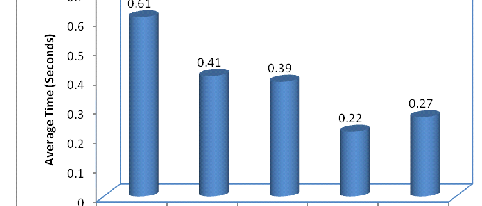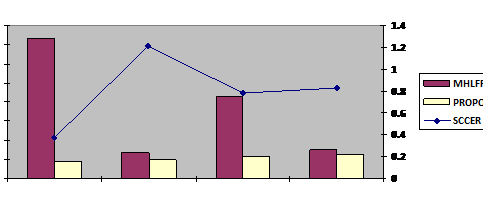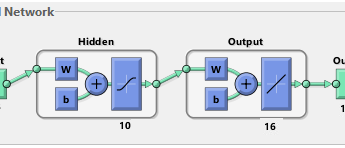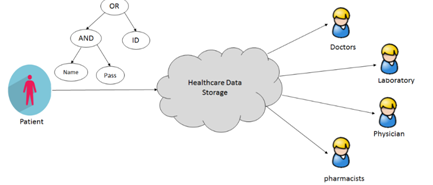Open Access(OA) Policy is applicable to all authors from year 2020.
The author(s) and copyright holder(s) grant(s) to all users a free, irrevocable, worldwide, perpetual right of access to, and a license to copy, use, distribute, transmit and display the work publicly and to make and distribute derivative works, in any digital medium for any responsible purpose, subject to proper attribution of authorship, as well as the right to make small numbers of printed copies for their personal use.
Definition of Open Access Publication from Bethesda Statement on Open Access Publishing: An Open Access Publication is one that meets the following two conditions:
A complete version of the work and all supplemental materials, including a copy of the permission as stated above, in a suitable standard electronic format is deposited immediately upon initial publication in at least one online repository that is supported by an academic institution, scholarly society, government agency, or other well-established organization that seeks to enable open access, unrestricted distribution, interoperability, and long-term archiving (for the biomedical sciences, PubMed Central is such a repository).
Advantages of Open Access for Authors
The High Availability and Visibility of our open access articles is guaranteed through the free and unlimited accessibility of the publication over the Internet. Everyone can freely access and download the full text of all articles published : readers of open access journals, i.e., mostly other researchers, do not need to pay any subscription or pay-per-view charges to read articles published. Open access publications are also more likely to be included in search engines and indexing databases.
The Higher Citation Impact of open access articles results from their high publicity and availability. Open access publications are demonstrably more frequently cited.
Lower Publishing Costs: Open access publishers cover their costs for editorial handling and editing of a paper by charging authors’ institutes or research funding agencies. The cost of handling and producing an article is covered through the one-time payment of an article processing charge (APC) for each accepted article. The APCs of open access publishers are only a fraction of the average income per paper earned by traditional, subscription-based publishers.APC is the same, irrespective of article length, because we wish to encourage publication of long papers with complete results and full experimental or computational details.
Faster Publication in open access journals is achieved by online-only availability. Accepted articles are typically published online more rapidly in journals than those of traditional, subscription-based and printed journals.
Links and Notes
Open access citation impact advantage: http://en.wikipedia.org/wiki/Open_access#Authors_and_researchers. For example, a standard research paper “Shutalev, A.D.; Kishko, E.A.; Sivova, N.V.; Kuznetsov, A.Y. Molecules 1998, 3, 100-106”
Lin, S.-K. Editorial: Non-Open Access and Its Adverse Impact on Molecules. Molecules 2007, 12, 1436-1437 (PDF format 16 K, HTML format).




